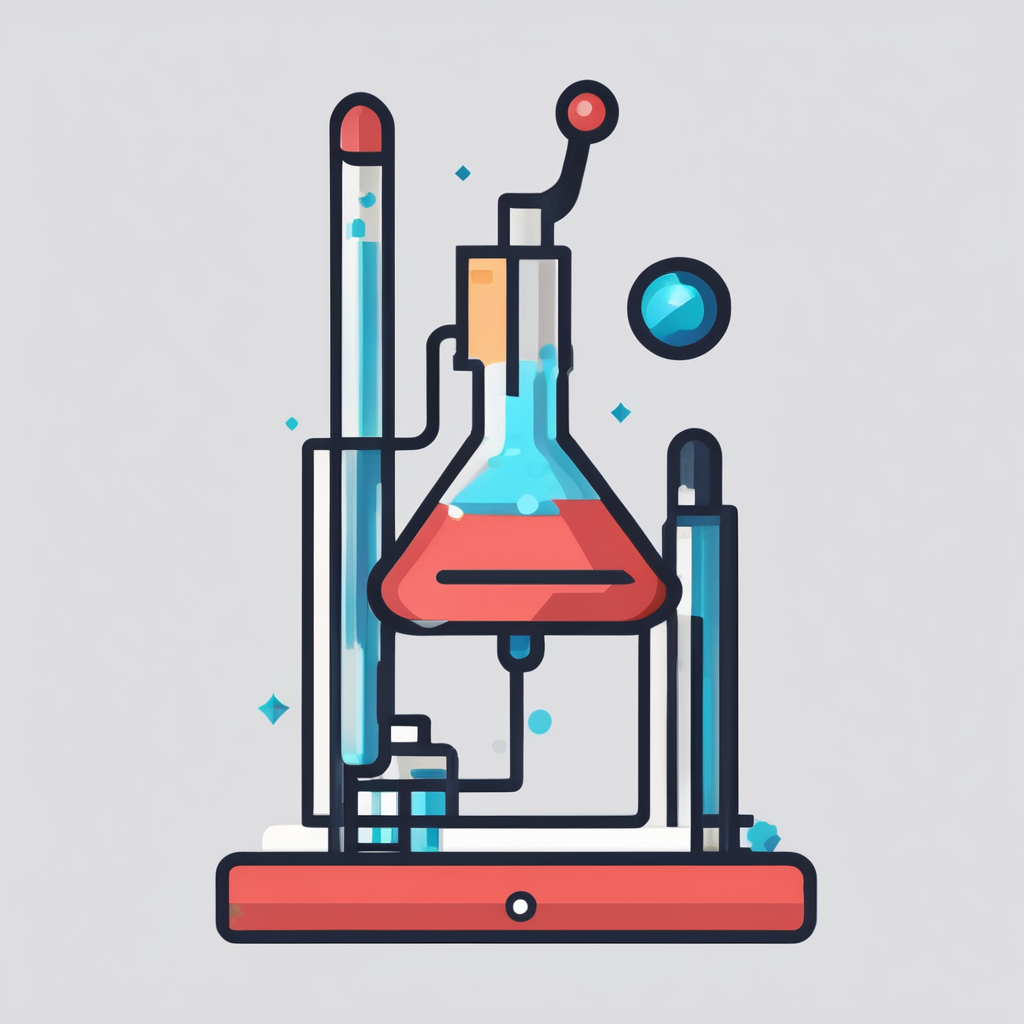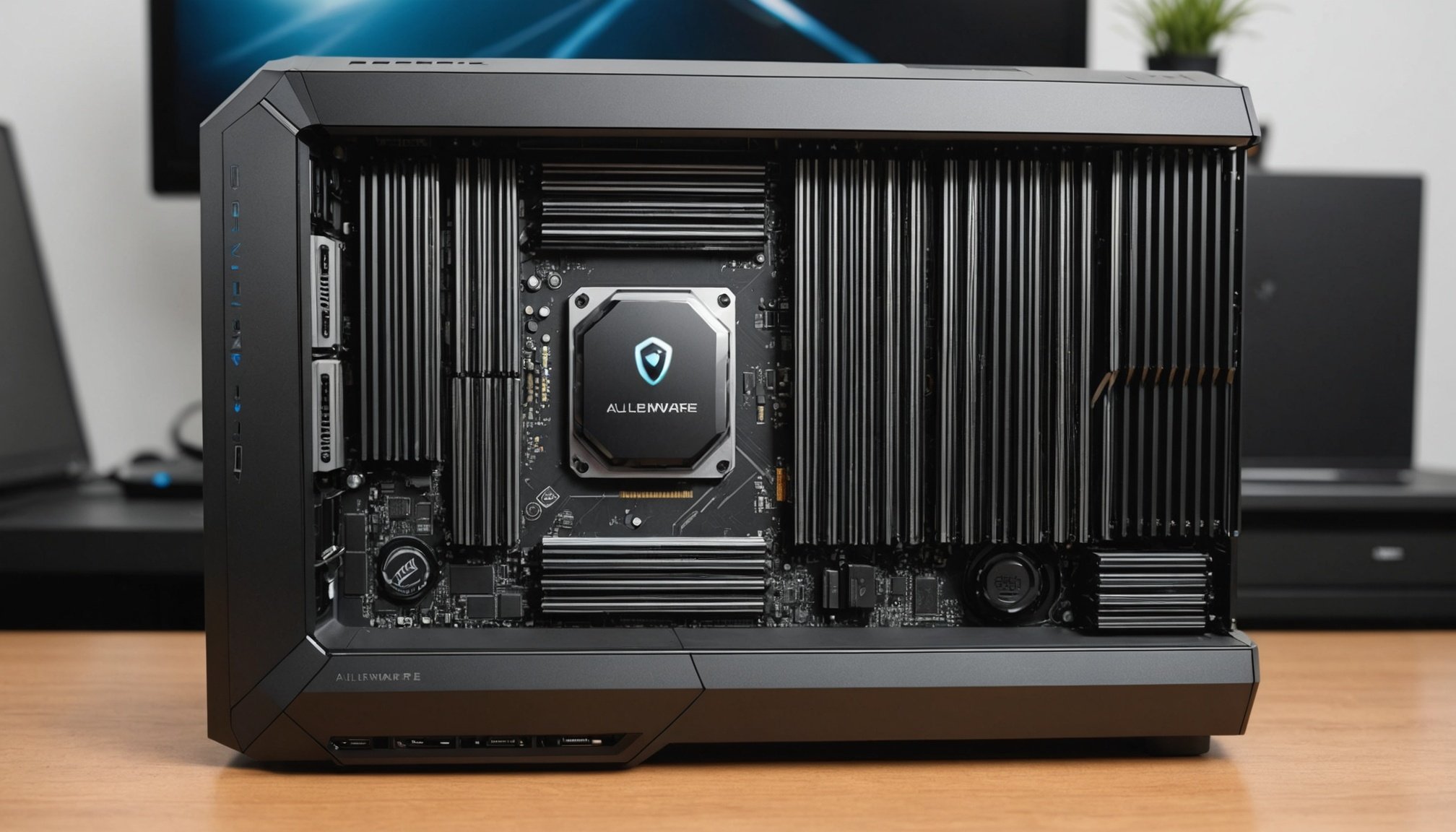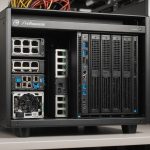Understanding Your Alienware Aurora R11 GPU
The Alienware Aurora R11 GPU is renowned for its impressive gaming performance. At its core, this unit boasts several GPU configurations that cater to varying user needs. Understanding these key features is crucial in maximizing your gaming experience.
When discussing GPU overview, it’s important to note the specifications that set each configuration apart. The Alienware Aurora R11 offers options from NVIDIA’s GeForce GTX and RTX series, which influence the system’s overall capability significantly. Each configuration is built to handle complex rendering tasks efficiently, ensuring smooth and responsive gameplay.
In parallel : Ultimate diy guide: how to set up and configure your freenas nas on a custom-built server
Key features such as ray tracing and AI-enhanced graphics define the superiority of the higher-end RTX cards. These enable realistic lighting and shadow effects, elevating the immersive experience in supported games. Moreover, a higher GPU capacity allows for better management of gaming performance, especially in demanding titles that require substantial processing power.
Understanding the hardware capacity of your Alienware Aurora R11 is not only vital for current gaming but also for potential upgrades. It ensures that any enhancements are compatible and necessary for improved performance, further prolonging the life and efficiency of your system. With the right knowledge, you can make informed decisions about future investments in your gaming setup.
This might interest you : Ultimate blueprint for installing and optimizing a high-end gpu in your dell precision 5820 tower for machine learning excellence
Performance Upgrades for Alienware Aurora R11 GPU
Enhancing the performance of your Alienware Aurora R11 can greatly improve your gaming setup. Upgrading the GPU involves careful consideration to ensure compatibility and maximise the benefits.
Selecting Compatible GPU Models
Choosing the right GPU models for upgrades involves several key factors. Evaluate the performance enhancements you expect and match these with compatible models. Confirm the physical space in your case and ensure the new GPU fits properly. Assess whether your current power supply unit can support the increased demand a new GPU may impose. Also, inspect the compatibility with your motherboard’s ports and connections. Recommended GPU models generally include options with high benchmark scores, offering notable improvements in processing power and efficiency. An error in compatibility could lead to installation issues or insufficient performance boosts, so thorough research is crucial.
Step-by-Step Upgrade Process
Before beginning the installation, prepare your workspace by ensuring it’s static-free to avoid damaging sensitive components. Uninstall the current GPU drivers to prevent software conflicts. Follow the installation guide closely, referring to diagrams as needed for clarity. Carefully insert the new GPU and secure it. Reconnect necessary power cables and ensure the unit is seated well. Common pitfalls include failing to disconnect power during installation and neglecting BIOS updates post-upgrade. Each step is important to guarantee a smooth transition and optimal performance from your upgraded system.
Overclocking Your Alienware Aurora R11 GPU
Boosting your Alienware Aurora R11’s performance can be largely achieved through GPU overclocking, a popular method of enhancing gaming settings. The process involves increasing the GPU’s clock speeds to achieve better performance. However, it is crucial to understand both the benefits and risks involved.
Introduction to Overclocking
Overclocking can significantly enhance your gaming experience by improving frame rates and overall gameplay smoothness. Despite these advantages, it also carries risks such as overheating and system instability. Essential tools like MSI Afterburner or GPU-Z are invaluable for monitoring your GPU’s status during the process. These tools help in tracking temperature and performance, crucial aspects that keep your gaming rig in optimal condition.
Step-by-Step Overclocking Guide
Before embarking on the overclocking journey, ensure your system is prepared by updating drivers and cooling mechanisms. Adjusting the clock speeds and voltages with precision is key. Begin with small increments to identify the highest stable clock speed. Utilizing performance optimization tools for this ensures that you maintain the delicate balance between enhanced performance and system safety.
Monitoring and Adjusting Performance
Post-overclocking, diligent monitoring of temperature and stability is vital. Utilize gaming benchmarks to assess the tweaks made, and adjust based on real-world application. The stability of your system is paramount, and maintaining safe operating limits ensures longevity and reliability of the GPU.
Optimizing Your System for Gaming Performance
Achieving top-notch gaming performance involves both system optimization and the effective use of software tools.
Essential Software for Optimization
Performance monitoring software plays a crucial role. Applications such as MSI Afterburner or NVIDIA GeForce Experience enable gamers to monitor and enhance GPU efficiency by providing real-time stats and tweaking options. By using these tools, gamers can adjust fan speeds, overclock GPUs, and allocate system resources efficiently, which enhances overall gameplay experience.
Game-specific settings also vastly influence performance. Most modern games allow customization options like resolution scaling, texture quality, and anti-aliasing, which can be fine-tuned based on your system’s capabilities. Lowering these settings on demanding titles reduces the GPU workload, preventing performance bottlenecks and ensuring a smoother gaming session.
System Configuration Tips
To further boost gaming performance, adjusting Windows settings is fundamental. Disabling unnecessary startup programs, ensuring power options favor performance, and managing system updates can significantly boost speed. Regularly updating graphics drivers is essential, as manufacturers release performance improvements frequently. Drivers directly impact how well the GPU interacts with the game, addressing bugs and improving efficiency.
Ensuring the hardware is in optimal condition—like keeping components dust-free and well-cooled— is equally important. Optimal cooling prevents performance throttling due to overheating, which directly affects gaming fluidity.
Cooling Solutions for Alienware Aurora R11 GPU
Managing the temperature of your Alienware Aurora R11’s GPU is crucial for ensuring optimal performance and avoiding thermal throttling. Without proper GPU cooling, your system’s performance stability may suffer, leading to reduced frame rates and hardware longevity concerns.
Importance of Effective Cooling
Temperature directly impacts GPU performance. High temperatures can cause your GPU to slow down to prevent damage, impacting frame rates and gaming experience. Common cooling solutions include air coolers, liquid coolers, and hybrid systems, each offering varying levels of heat dissipation efficiency.
Look for signs of cooling issues like increased fan noise, unexpected shutdowns, or performance drops. These indicators could mean your current cooling solution is inadequate.
Installing Aftermarket Cooling Systems
Aftermarket GPU coolers can vastly improve temperature management. Popular options include the NZXT Kraken G12 and Corsair Hydro Series. These coolers offer better performance stability than stock coolers by efficiently dissipating heat.
Installing a new GPU cooler might seem daunting, but it typically involves removing the existing cooler, applying fresh thermal paste, and fitting the new cooler according to its guidelines. Enhanced cooling ensures your GPU operates under safe temperature ranges, ultimately enhancing both performance and lifespan.
Maintaining Optimal Temperature
Utilising tools like HWMonitor or GPU-Z helps you track your GPU temperature in real-time. To maintain clean and efficient cooling systems, regularly dust out fans and radiators and ensure proper airflow in your PC case. Schedule periodic maintenance to maximise your cooler’s lifespan and your GPU’s performance.
Performance Benchmarks and Case Studies
Understanding how your graphics processing unit (GPU) performs is essential for optimising your gaming experience. Performance benchmarks are indispensable for this task, providing a detailed analysis of how a GPU handles demanding tasks.
Benchmarking Tools and Practices
To accurately measure GPU performance, several benchmarking tools are highly recommended. Software like 3DMark, Heaven Benchmark, and Unigine Superposition are noteworthy for their comprehensive evaluations. When conducting benchmarks, it’s crucial to follow best practices: ensure system stability, run tests multiple times, and compare scores against similar setups. These practices help provide a consistent and reliable performance assessment. Understanding benchmark scores is pivotal, as they reflect real-world capability in handling modern gaming titles.
Analyzing User Experiences
Case studies illustrate the tangible benefits of GPU upgrades. Users who optimise their systems often report significantly enhanced gaming experiences, with smoother gameplay and reduced lag. User experience evaluations show diverse gaming setups can achieve impressive performance metrics post-optimisations. Feedback consistently highlights the satisfaction derived from such upgrades, emphasizing the importance of investing in the right performance enhancements.
Future-Proofing Your Gaming Setup
Staying ahead in gaming requires adapting to evolving GPU technology trends. Evaluating new advancements allows you to better prepare for future gaming demands. Keeping your system adaptable ensures it meets upcoming technological advancements, offering a seamless transition to next-gen gaming. Embrace these strategies to maintain an exceptional gaming experience as technology progresses.






